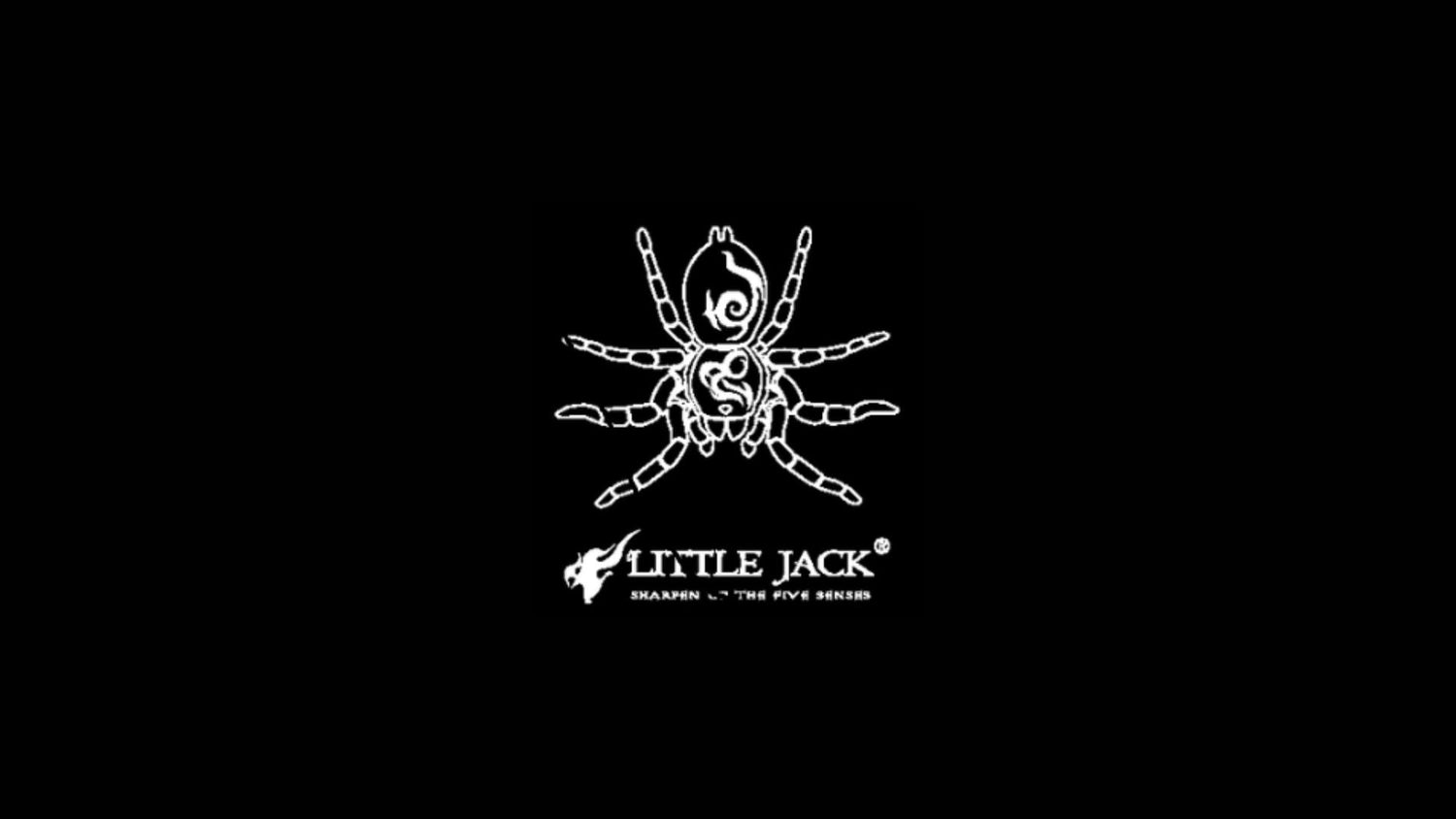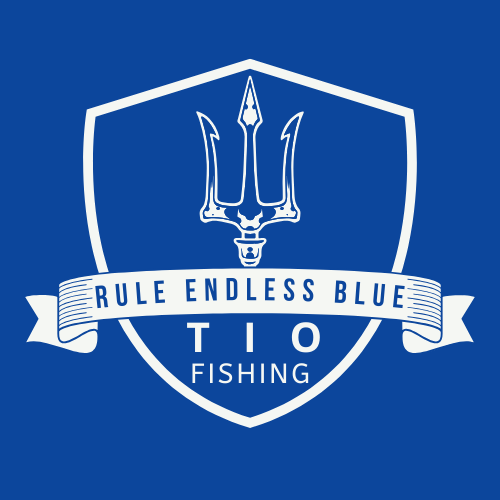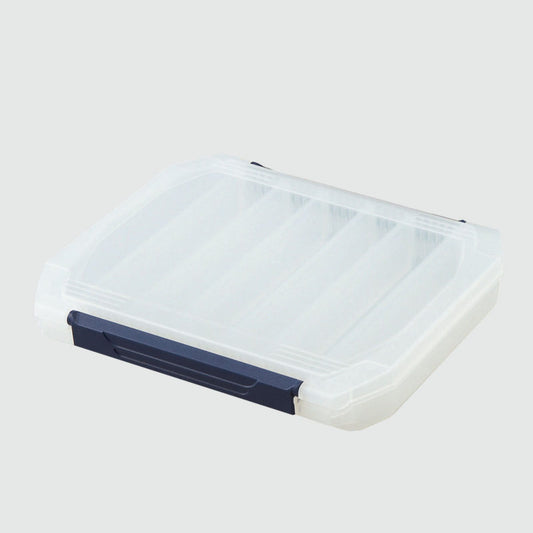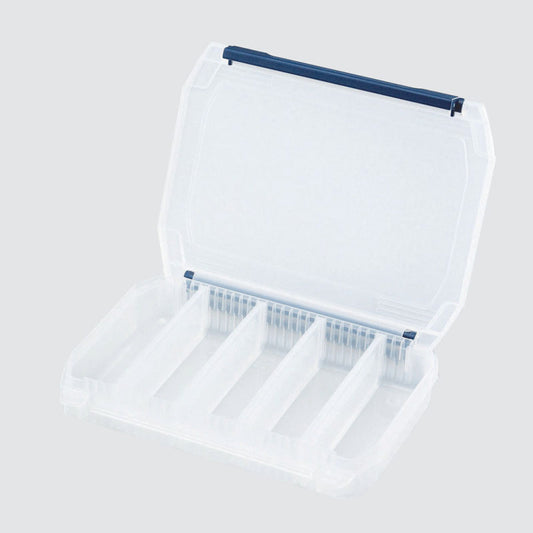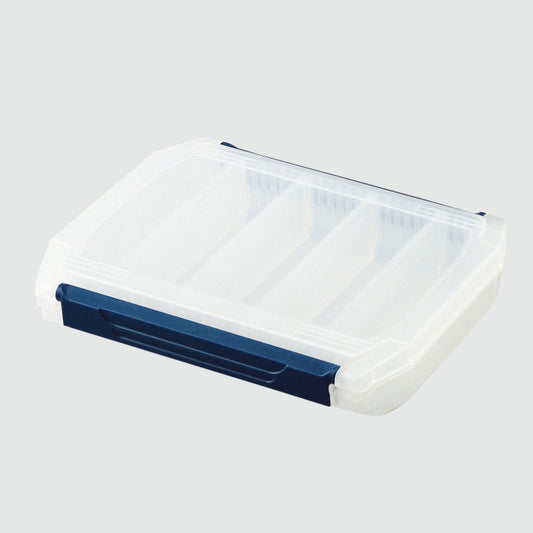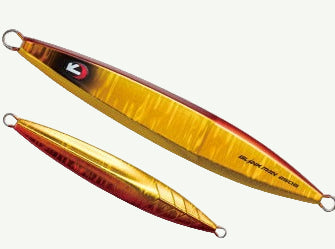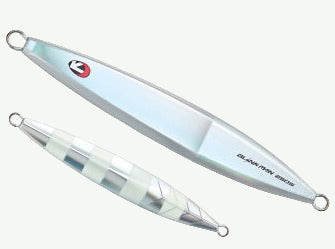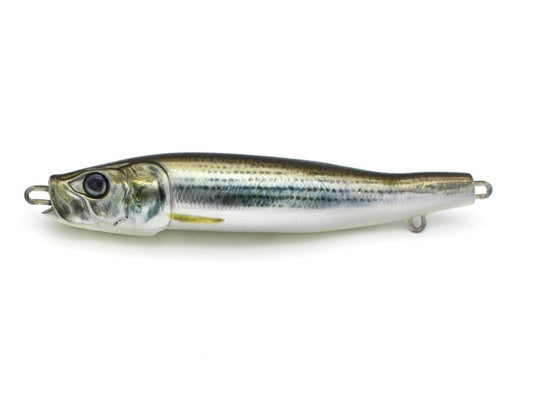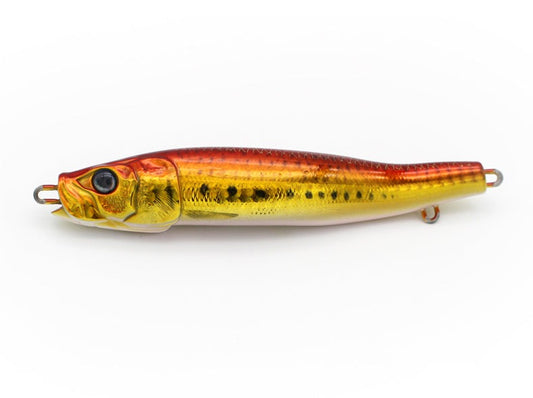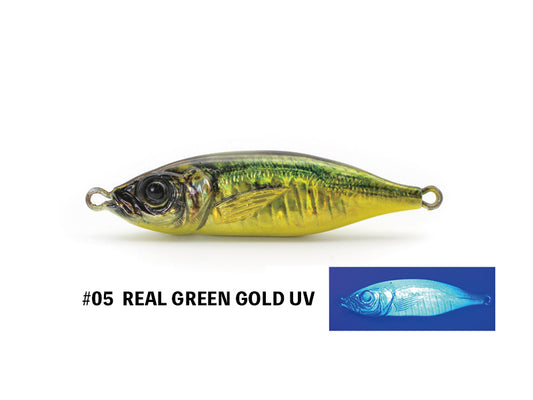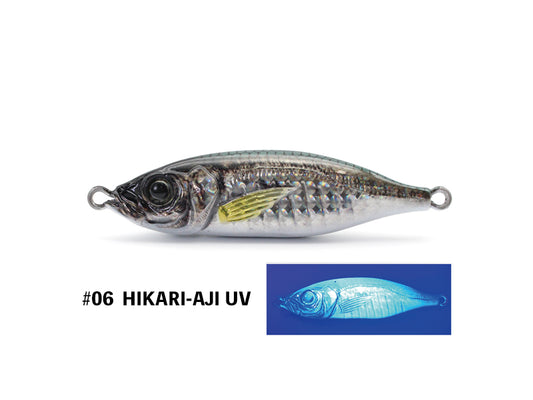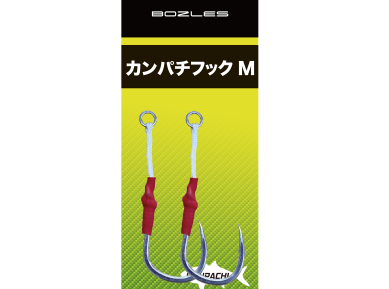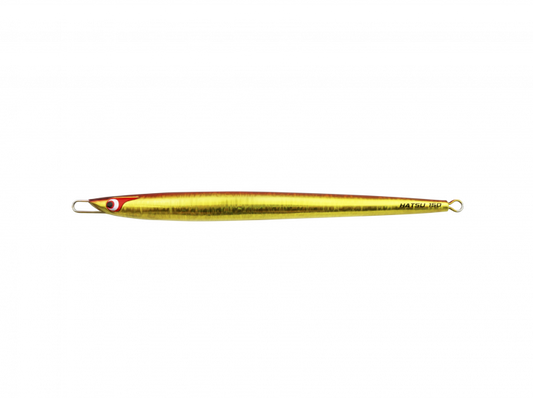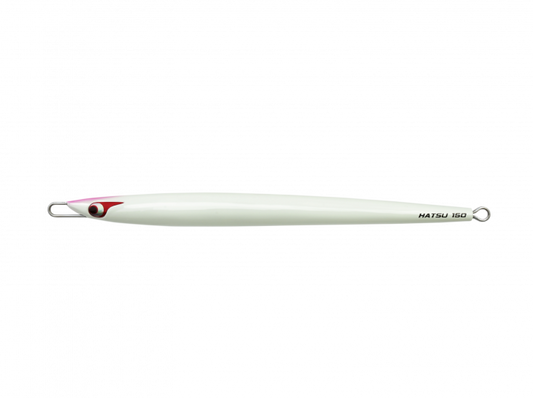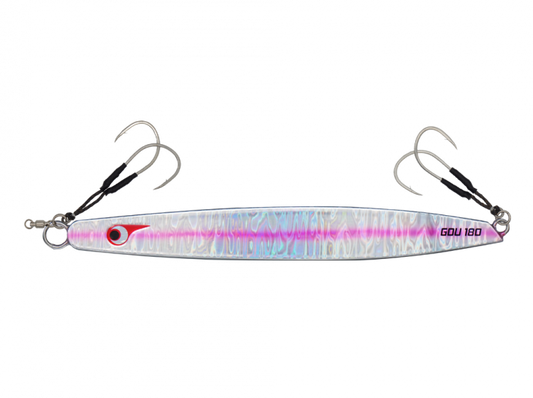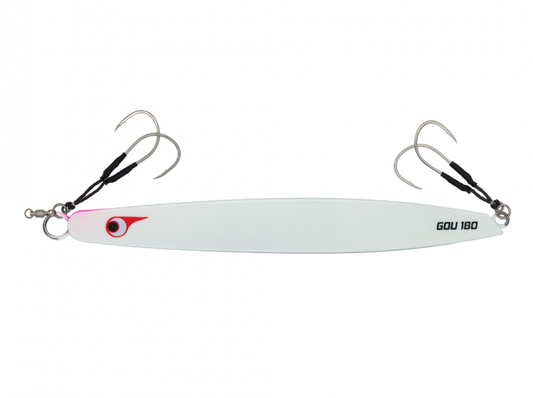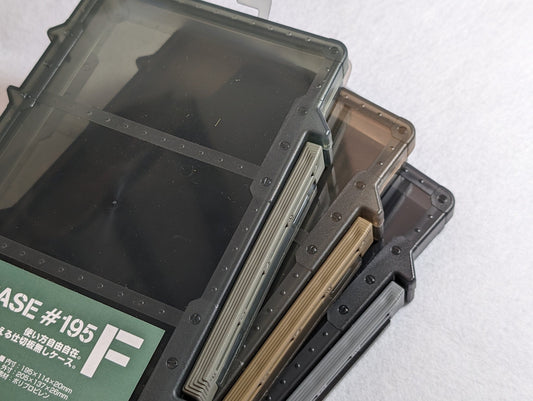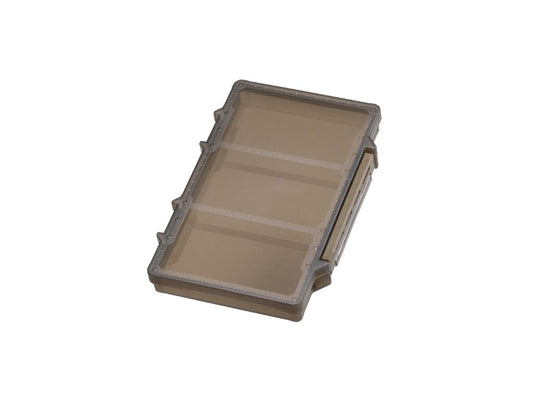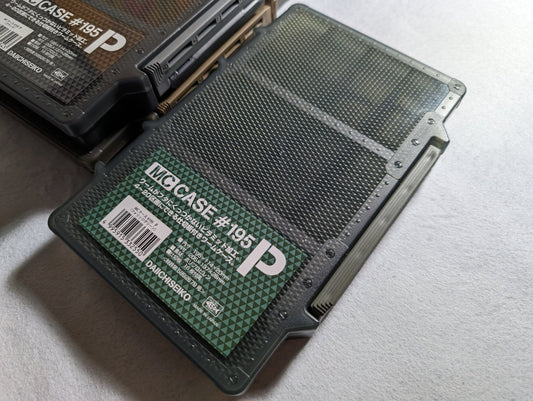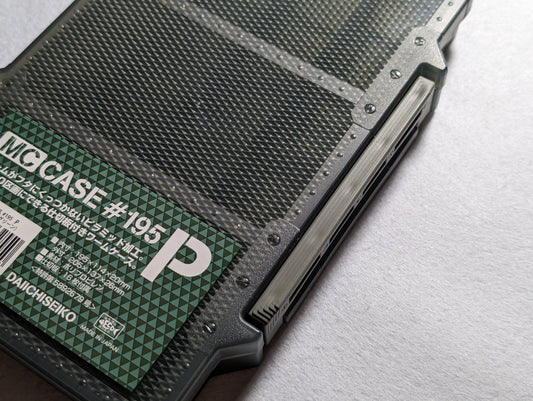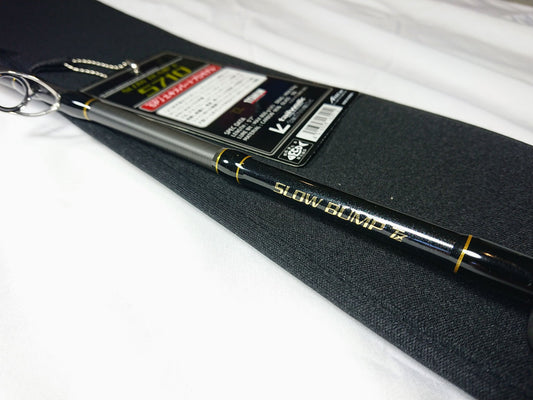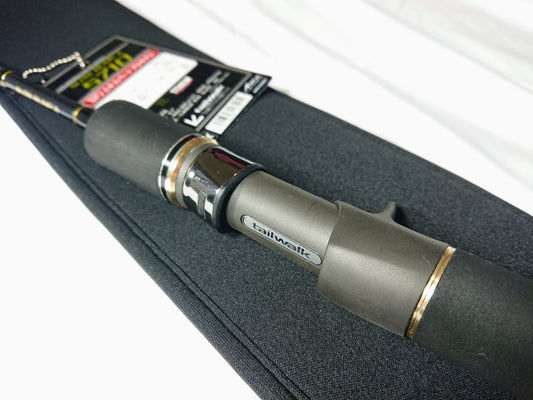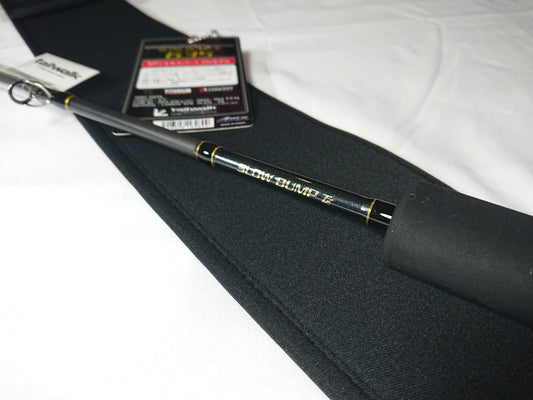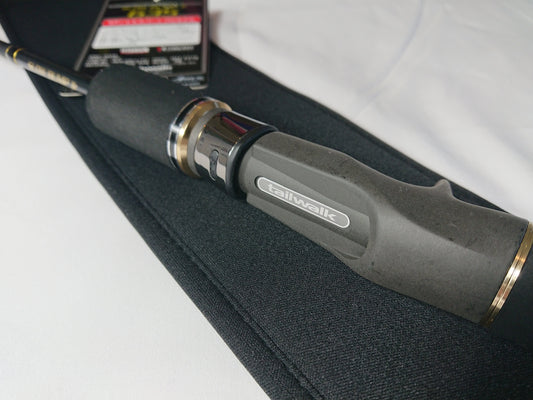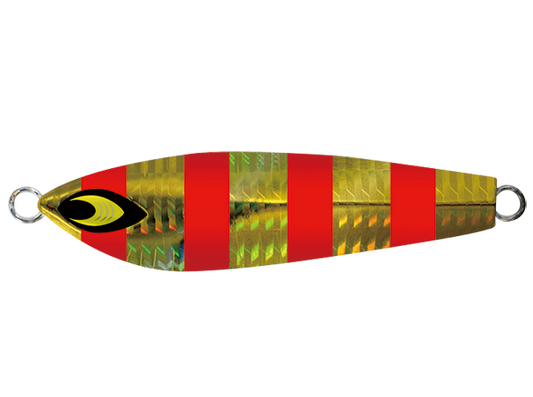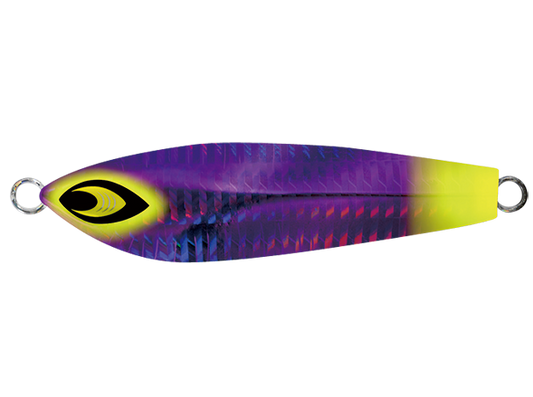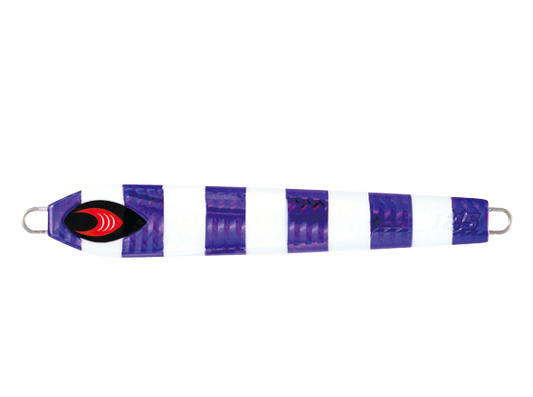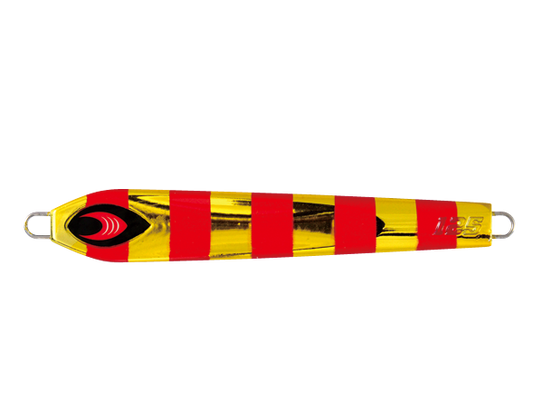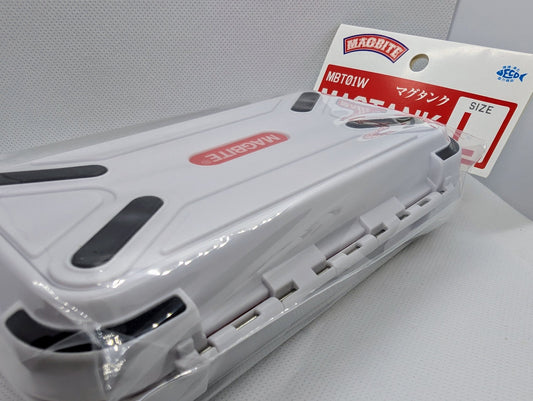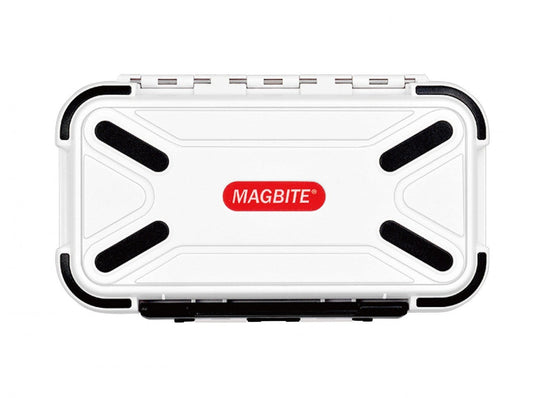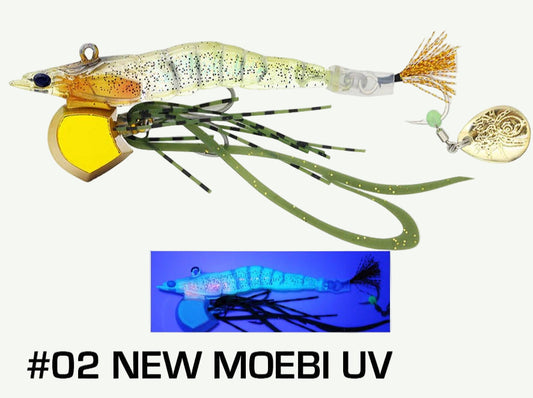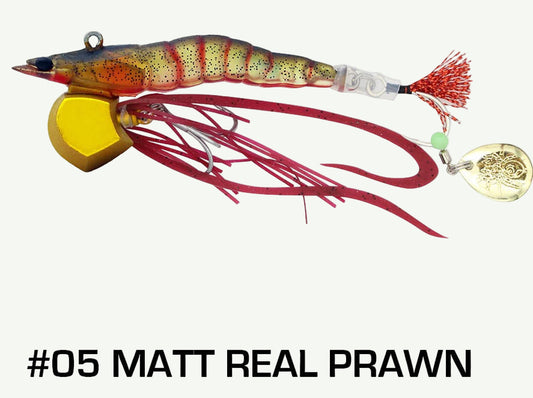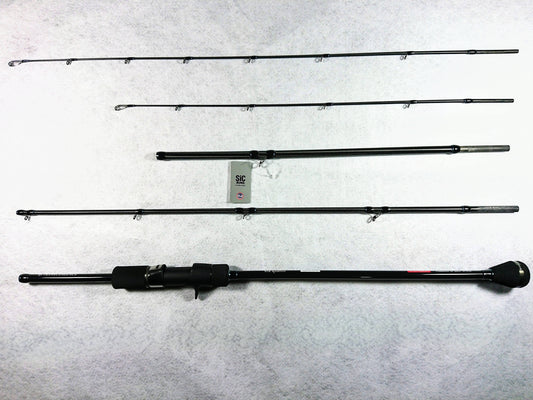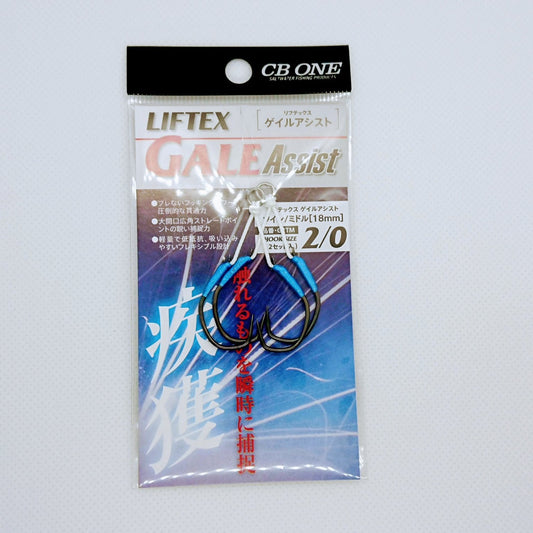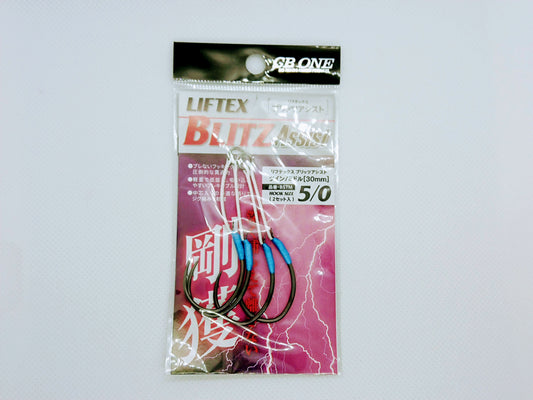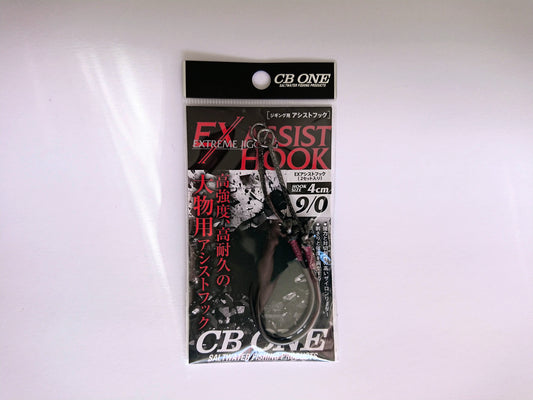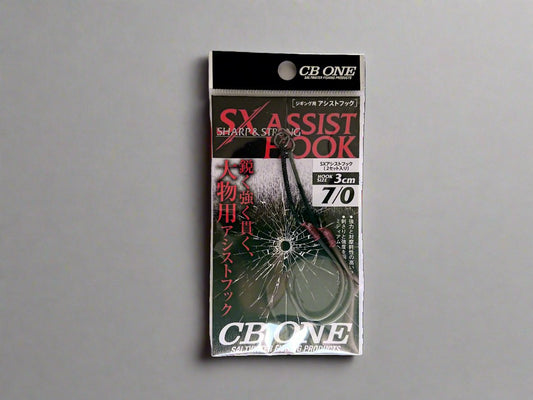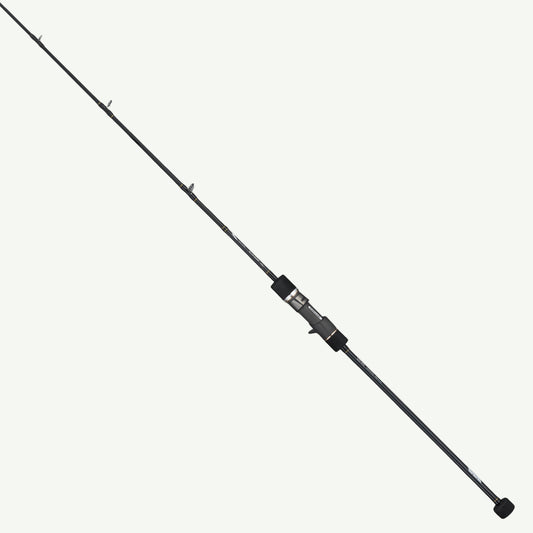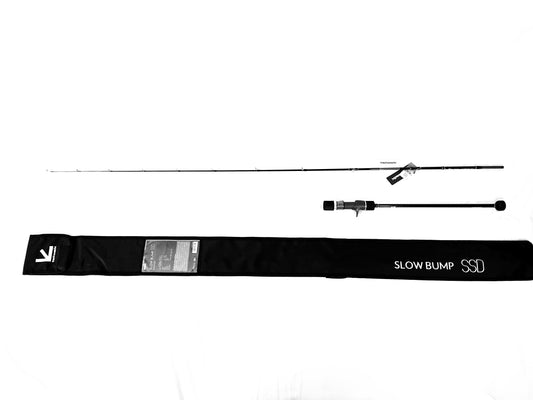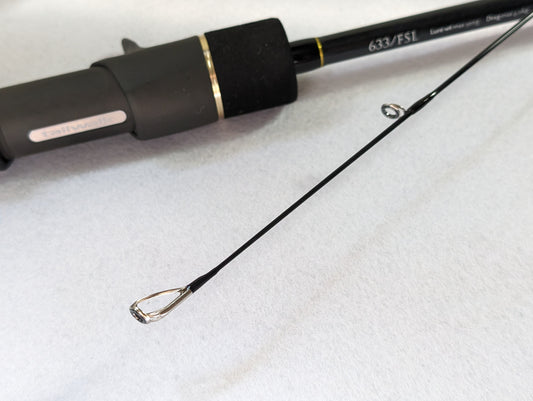Collection: Slow Pitch Jigging | SPJ
Slow pitch jigging tackles from Japan for catching big fish in New Zealand waters. High-quality materials, high performance, perfect for big fish. Don't miss out on our selections to start slow pitch jigging in NZ.
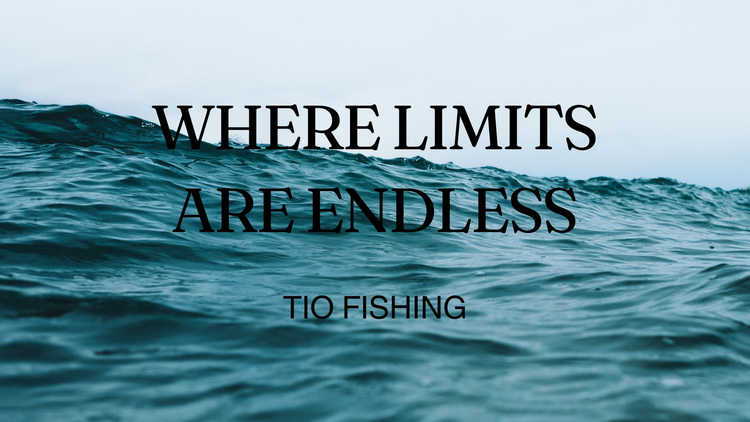
-
Ringstar DREAM MASTER L R DMW 2310 Utility Box
Regular price NZ$26.99 NZDRegular priceNZ$26.99 NZDSale price NZ$26.99 NZD -
Ringstar DREAM MASTER L R DMW 1510 Tackle Box
Regular price NZ$20.99 NZDRegular priceNZ$0.00 NZDSale price NZ$20.99 NZD -
Tailwalk Blink Man Slow Pitch Metal Jig
Regular price From NZ$39.99 NZDRegular priceNZ$39.99 NZDSale price From NZ$39.99 NZD -
Little Jack Metal Adict Type 04 Slow Pitch Jig 200g
Regular price NZ$35.99 NZDRegular price -
Little Jack Metal Adict Type 06 Slow Pitch Jig 150g
Regular price NZ$34.99 NZDRegular price -
Bozles Kanpachi Assist Hook
Regular price From NZ$15.99 NZDRegular price -
Bozles Yukimura Zinc Slow Pitch Metal Jig
Regular price From NZ$46.99 NZDRegular priceNZ$43.99 NZDSale price From NZ$46.99 NZD -
Bozles Hatsu Zinc Slow Pitch Jig
Regular price From NZ$40.99 NZDRegular price -
Bozles Gou Zinc Alloy Slow Pitch Jig
Regular price NZ$52.99 NZDRegular price -
Daiichiseiko MC Case #195 F Tackle Box
Regular price NZ$12.99 NZDRegular priceNZ$0.00 NZDSale price NZ$12.99 NZD -
Daiichiseiko MC Case #195 P Fishing Tackle Box
Regular price NZ$15.99 NZDRegular priceNZ$0.00 NZDSale price NZ$15.99 NZD -
Tailwalk SLOW BUMP TZ 5710 Slow Pitch Jigging Rod
Regular price NZ$719.99 NZDRegular priceNZ$719.99 NZDSale price NZ$719.99 NZD -
Tailwalk SLOW BUMP TZ 635 Slow Pitch Jigging Rod
Regular price NZ$689.99 NZDRegular priceNZ$689.99 NZDSale price NZ$689.99 NZD -
MAGBITE Bita Slow Pitch Jig
Regular price From NZ$30.99 NZDRegular priceNZ$30.99 NZDSale price From NZ$30.99 NZD -
MAGBITE SCOOP Slow Pitch Jig
Regular price From NZ$30.99 NZDRegular priceNZ$30.99 NZDSale price From NZ$30.99 NZD -
MAGBITE Tackle Case Mag Tank Lure Container
Regular price NZ$46.99 NZDRegular priceNZ$46.99 NZDSale price NZ$46.99 NZDSold out -
Little Jack Ebinem Slow Jig Soft Bait Swimbait Lure
Regular price From NZ$17.99 NZDRegular priceNZ$17.99 NZDSale price From NZ$17.99 NZD -
Transcendence Eta quattro65B+ Slow Pitch Jigging Travel Rod
Regular price NZ$1,299.99 NZDRegular price -
CB ONE LIFTEX GALE Assist Hook
Regular price From NZ$19.99 NZDRegular priceUnit price NZ$10.00 each -
CB ONE LIFTEX BLITZ Assist Hook
Regular price From NZ$23.99 NZDRegular price -
CB ONE EX Jigging Hook Assist Hook
Regular price NZ$29.99 NZDRegular priceNZ$29.99 NZDSale price NZ$29.99 NZD -
CB ONE SX Jigging Hook Assist Hook
Regular price From NZ$23.99 NZDRegular price -
Taiwalk SLOW BUMP SSD 634 FSL Slow Pitch Jigging Rod
Regular price NZ$494.99 NZDRegular priceNZ$548.99 NZDSale price NZ$494.99 NZDSale -
Taiwalk SLOW BUMP SSD 633 FSL Slow Pitch Jigging Rod
Regular price NZ$494.99 NZDRegular priceNZ$548.99 NZDSale price NZ$494.99 NZDSale
where limits are endless
Master The Depths with Slow Pitch Jigging
Experience the slow pitch jigging, a Japanese fishing technique that's transforming to New Zealand. This specialized method utilizes uniquely designed jigs and a precise retrieve to entice fish with an irresistible fluttering action. Anglers across New Zealand are embracing this dynamic fishing style to target a variety of species. With the right gear and knowledge, you too can master the art of slow pitch jigging and elevate your angling success.
The One Pitch: Your Gateway to Slow Pitch Jigging Success
🔰New to slow pitch jigging? Start by perfecting the fundamental "one pitch" technique. This involves a single, sharp lift of the rod, followed by a controlled fall of the jig, achieved with one rotation of the reel handle. Mastering this consistent rhythm creates the enticing, erratic action that slow pitch jigging is known for.
Once you've nailed the one pitch, you can start experimenting with variations like double pitches, half pitches, and a quarter pitch, adapting your technique to different depths, currents, and target species. This foundational approach allows you to build a solid base and develop the versatility needed to excel in any slow pitch jigging situation.
Slow Pitch Jigging PE Line Tips
When it comes to slow pitch jigging, selecting the best PE line is crucial for success. Braided lines with PE ratings of 1 to 2 are most common, offering a balance of sensitivity, strength, and thin diameter. You might need high rating if target big predator fish in deeper water. Here's why they excel in slow pitch jigging:
- Exceptional Sensitivity: Feel the slightest nibbles and transmit subtle bites effectively, even in deep water.
- Optimal Jig Action: The thin diameter minimizes water resistance, allowing your slow pitch jig to flutter enticingly.
- Depth Markings: Instantly know your jig's depth for precise targeting and optimal presentation.
Depth-marked PE lines offer a significant advantage in slow pitch jigging. Here's how:
- Accurate Targeting: Target specific zones and depths where fish are holding.
- Track Fish Movement: Follow fish as they rise or descend in the water column.
- Maintain Optimal Presentation: Ensure your jig stays in the strike zone for longer.
Some common questions been often asked about the slow pitch jigging
Q&As Slow Pitch Jigging
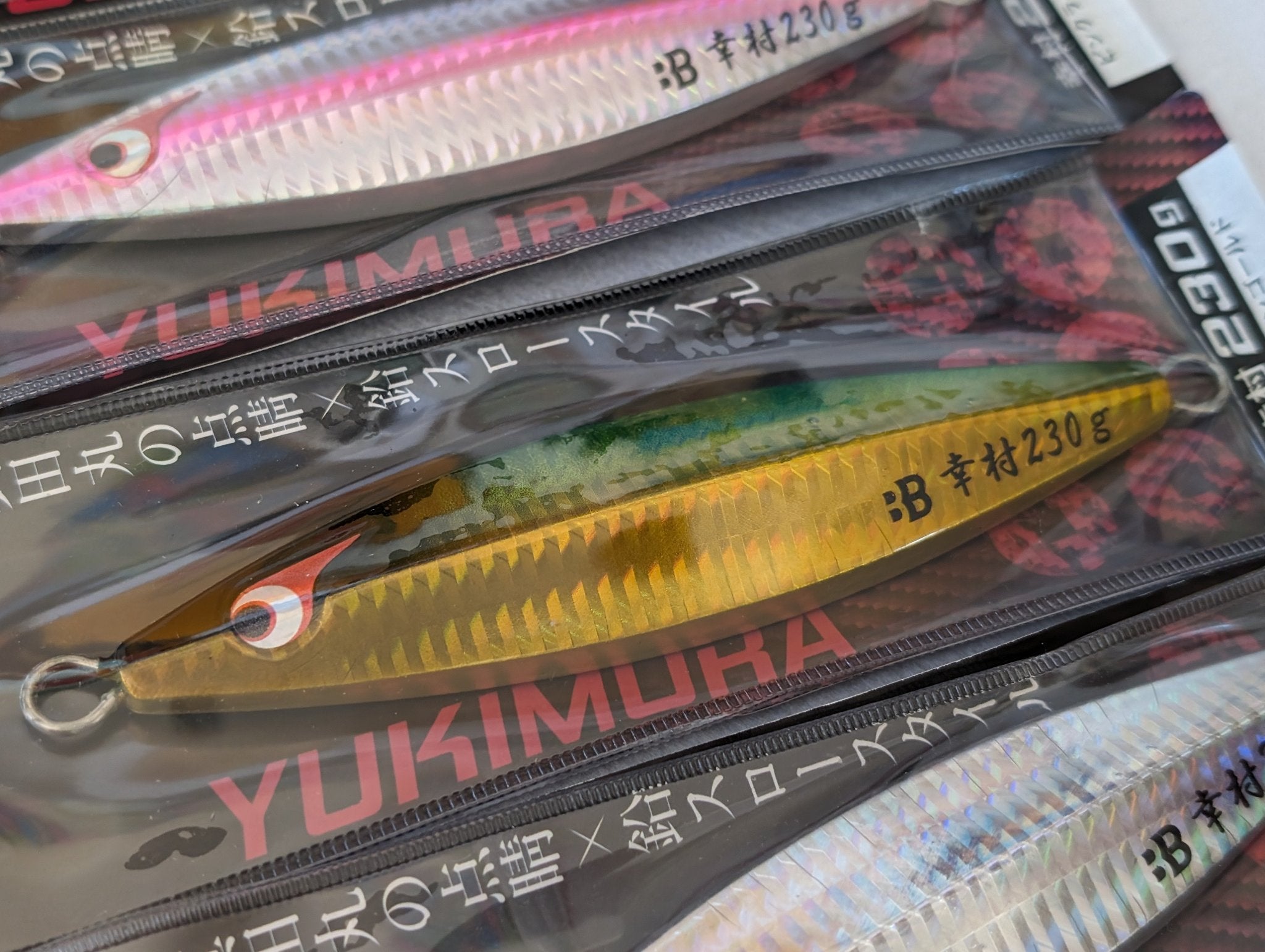
What is the slow pitch jigging?
Slow pitch jigging is a specialized fishing technique that uses 100+ gram jigs with a slow, rhythmic lift-and-drop motion to impart an enticing fluttering action, attracting a wide range of fish species.
What is the best setup of slow pitch jigging?
Slow pitch jigging requires a specialized rod with a slow action and parabolic bend, mostly between 6' and 7', to effectively impart action to the jig. Better to pair it with an overhead reel with a low gear ratio (5:1 to 6.2:1) for powerful retrieves and a smooth drag system to handle hard-fighting fish.
Choose depth marked braided line for its sensitivity and low stretch, and complete your setup with high-quality assist hooks, strong split rings and swivels, and a selection of quality slow pitch jigs in various weights and colors. Don't forget a fluorocarbon leader for added stealth and abrasion resistance!
How to slow pitch jigging?
Slow pitch jigging relies on a rhythmic lifting and dropping of the rod, creating an erratic jig movement that attracts curious predators. This technique mimics the behavior of a wounded baitfish, triggering their hunting instincts.
Varying the speed and rhythm of your retrieve, known as "pitch," is essential for enticing strikes. Experiment with different cranking patterns to discover what works best on any given day, keeping your target species and the underwater conditions in mind.
What are the difference between slow pitch jigging and slow jigging?
While "slow jigging" and "slow pitch jigging" are often used interchangeably in Japan, in New Zealand "slow jigging" generally refers to techniques like inchiku and tai rubber fishing, distinct from the specialized jigs.
Although the terms might seem interchangeable, the rods used for "slow jigging", with techniques like inchiku and tai rubber, differ significantly from the specialized rods, tai gmae rod, kabura rod, in Japan.
How to slow pitch jigging in shallow water?
While slow pitch jigging is incredibly effective in deeper water, it can be adapted for shallow water with a few key adjustments. However, in very shallow environments, Super Light Jigging (SLJ) often proves more suitable. SLJ utilizes lighter jigs (typically under 100g) that offer a slower descent and a more enticing action in shallow depths where heavier jigs would sink too quickly.
If you don't have an SLJ setup, consider the 1/4 pitch or long lift-fall jigging methods. These techniques employ a shorter pitch and a longer pause during the lift, creating a more subtle presentation that's less likely to spook fish in shallow water.
Opt for low-density slow pitch jigs, which offer a slower sink rate and a more natural flutter, further enhancing your chances of success in shallow environments.
Related Slow Pitch Jigging Categories
-

Slow Pitch Jigging Rod
Dominate New Zealand's diverse waters with our versatile slow pitch jigging rods....
-

Slow Pitch Jig
Dominate the deeps with Tio Fishing's premium collection of slow pitch jigs,...
-

Jigging Assist Hook
Serious about slow pitch jigging and mechanical jigging? Then you need the...
